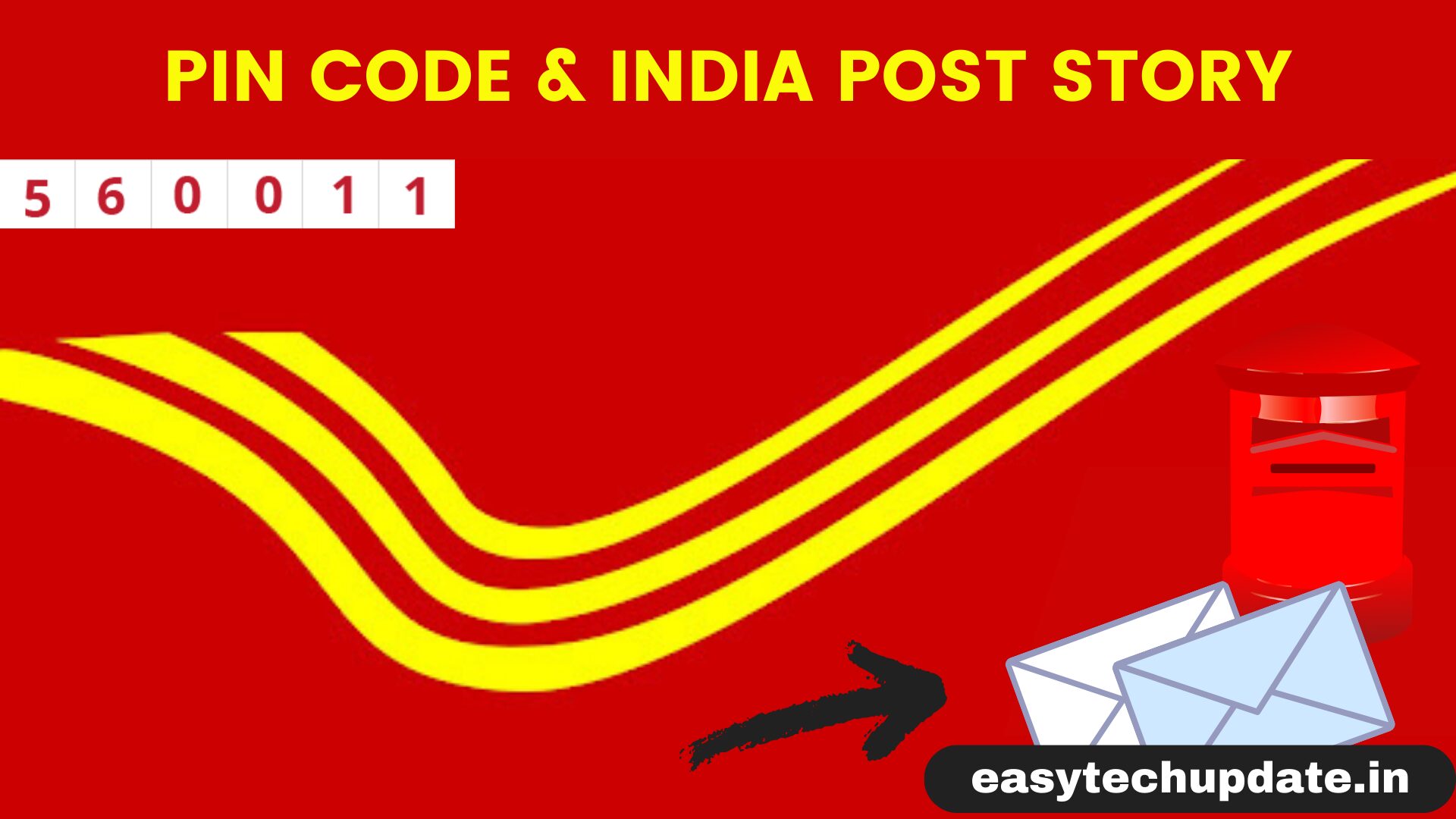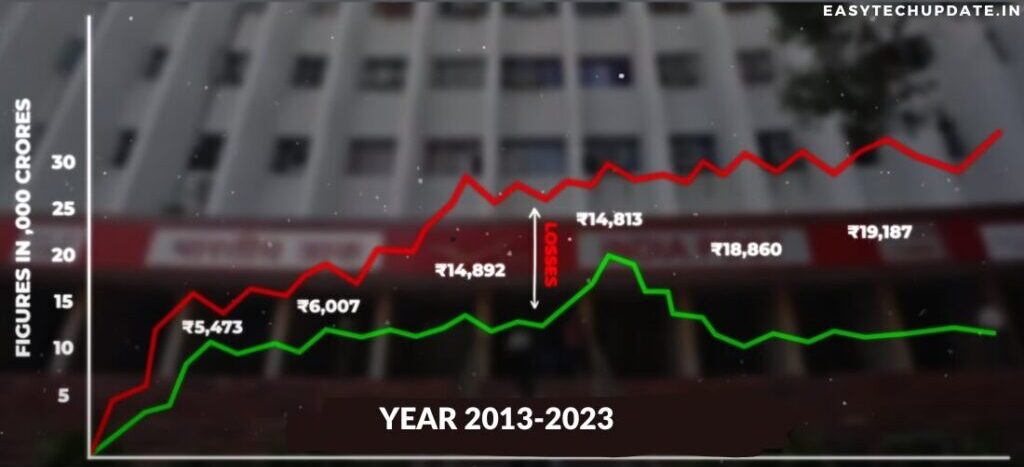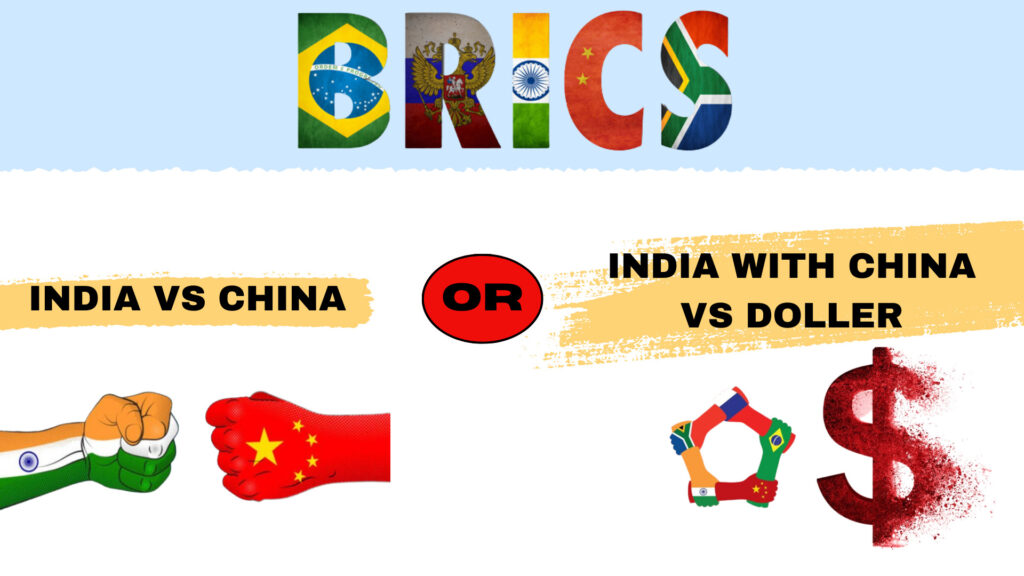What is Pin Code? What is pin code 6 digits meaning? How it is used in the real world, who discovered it? Ever wondered what those six magic digits on your mail hold? Dive into the fascinating world of India’s Pin Code system! Uncover its real-world applications, its hidden history, and how it revolutionized the nation’s address game.

Pin code 6 digits meaning
India Post is the world’s largest postal network with more than 5 lakh employees. You may have never sent a letter in your life, there may not be anyone in your life who writes a love letter to you, but wait, you must have definitely used this number, this is the pin code. You have to enter this while shopping online or ordering food. But what does it mean? The full form of PIN code is the Postal Index Number any PIN code has six digits. In this, numbers 1-8 are for geographical regions, and 9 for Army Postal Service. Pin Code is the own GPS for lakhs of post offices in India, it is a navigation system by which they deliver the letters from one corner of the country to another. The second digit indicates the sub-region. That is, by combining the first 2 digits, it is known to which area of the country the letter is to be sent.
Example: if 70 is written in this pin code, then the postcard is going to West Bengal. The third digit is for the district where the letters are sorted out. The last three digits indicate which post office the letters will be addressed to.
India Post
Every year India spends more than 20 thousand crores to maintain India Post. What’s more, India Post has become India’s biggest loss-making PSU, meaning more losses than Air India and BSNL. So this question came to my mind why does India need a post? Is this snail mail relevant in the age of email? And what difference does it make to us? Let us know…
India Post history
The story of the letter. It was the year 1766 when the British had to communicate with their colonies in England. They had to send items and no such system existed here. So they started company mail for their convenience. Post Office Act was made in 1837. This network came under the Crown in 1854 and the India Post Office Act made in 1898 used to govern our post till date. Now in 2023, after 125 years, a new Act has been made about which discussion and debates are going on in the Parliament.
By the time the British left in 1947, they had left some 23,000 post offices in all the cities. But after that, till date, a network of 1,55,000 post offices has been formed in the entire country, out of which 90% are in villages and remote areas, Like in Spiti. This is Hikkim Post Office, the highest post office in the world at an altitude of 15,000 feet. The world’s only floating post office is in Dal Lake, Srinagar. You will not believe it but not only in India, We also have a post office in Antarctica where research material is handled.
Pin Code finder Shriram Bhikaji Welankar story
who developed this PIN code? The British did, right? Wrong. Shriram Bhikaji Welankar who is the unsung hero of India. Let me tell you one interesting thing about him, that he was a Sanskrit poet. He composed Vilom Kavyas which can be read both forwards and backwards, and they have different meanings, For example:

if read in forward direction, this “Vilom” poem is about Ram, and if read the opposite way, it is about Shri Krishna. How cool, right?
But his next work is even cooler. His father was a primary school teacher in Konkan but Welankar wanted to become an IAS. But the India of his time was not the India of today. This is from 1938 when out of 150 IAS officers, only three Indian officers were selected and all the remaining officers were British. Despite standing first in the IAS written exam, Welankar failed in the colonization exam. But he did not give up. He started studying and preparing for competitive exams. By 1944, he joined India Post.
This was a very challenging time as we mentioned before there were only 23,000 post offices in India because the work of the post was not about communication in India, it was to keep the British connected with England. So wherever there was a British there was a post office, this system used to be there.
It took 25 years after independence for Indian Post to become Indianized and when did that happen? After suffering a major shock. Bangladesh Liberation War took place in 1971. India defeated Pakistan in this war but there were big problems in reaching important communications to our soldiers. At that time we realized that there is no uniform way of writing addresses across India, there is no single standard. Many people cannot read and write, and the languages are so different that if someone has written the address in Kannada and has to deliver it in Rajasthan,then how will the postman read the address? Even if they could read the address, many people with the same name lived in the same village. How to solve this problem?
Velenkar used the formula of elimination. If it is difficult to find a needle in a haystack, then make the haystack smaller from this idea, the PIN code was born in 1972, the logic of which is that people can remember only one simple number so that the letter at least reaches the right post office. The postman got the letters in the right post office in the right region, in the right district, after which they could go and deliver them on the ground. On 15th August 1972, this PIN code system came into effect throughout India.
What difference does the PIN code make? There are 4 main points.
- Efficiency increased, The delivery time reduced to one-tenth.
- It became possible to reach every corner of the country.
- The chances of the wrong letter falling into the wrong hands were reduced.
- Most importantly people got a new way of writing addresses.
This is something that we take for granted today. Today every address is incomplete without a PIN. Even companies like Amazon will not give you delivery without entering the PIN code. This is proof of how effective this Walenkar formula is, which works even after 50 years.
India Post financial
The post was useful yesterday, this does not mean that we should depend on its past usefulness. Because if we had stopped innovating in 1971 itself, and let things continue as they were, we would not be here today. Not only about India Post but also about other delivery services. As I said that India Post is the biggest loss-making PSU in India. But why?
When India Post started, people did not even have phones, leave aside Amazon, Zepto, and FedEx. The only means of communication was post. But today there is Email, there is social media, due to which the volume of posts has reduced, competition has increased, and private players have entered the courier industry. You won’t believe it, but 90% of the money the post earns is spent on paying salaries to employees. On top of that, there are operational costs and pensions for retired employees. By doing these the post’s losses increase year after year.

Here you can see the post’s revenue in the green line, and their expenses in the red line. The difference between them is written in numbers. Where 10 years ago, India Post making losses of ₹5,000 crore, today the loss figure has reached ₹20,000 crore. Who has to pay these losses? Common people like you and me because this money comes from our taxes. After seeing these numbers, you may think why not just close the post? But let me tell you a small story. This year collected mango seeds from which people planted trees and donated these trees to poor farmers. But the courier company was keeping mango seeds in its center 10 kilometers away from our location. Farmers themselves had to go 10 kilometers away to collect these seeds, whereas India Post was delivering to their doorstep.
Private competition is great but the problem of privatization is that where there is no volume there is no profit, and where there is no profit there is no service. And they are right in their place. But if you have been to Spiti then you would know how difficult it is to get there. Only India Post operates there. If you order something from Amazon there, you have to go to Manali to pick it up. The same situation is in Khardungla, Siachen, Mac Mohan Line, and also on LOC.
You can send a normal weight courier through speed post at a charge of ₹17 within State in India and ₹35 for outside State in India, that’s it! And they will be delivered in just two days. If the post is not perfect, then how can one revive the post? What steps are being taken? and what should happen next?
Conclusion
Innovation is something that is missing from India’s postal department today. But this doesn’t mean we cannot revive it, To revive it, we will have to adopt the same approach that Velenkar adopted 50 years ago. Indian problems need Indian solutions and no one from outside is going to bring these solutions, we only have to bring them. Today’s India is not India of 1971, we all know this. So why can’t we bring solutions today at the same level with which we were able to bring solutions in 1971? Why can’t India be made better even if it is just one percent? Today India needs solutions, it needs people who want to find solutions. There is a need for a generation that fights, does not give up and runs away, keeps its mind open, learns the best knowledge of the world, and implements it after coming back to India. Our salute to Welankar who found such solutions and gave us the pin code system.
The saddest part is that it became impossible to find even a single photo on the internet of a person who has touched the lives of all of us. The person who helped us all find our way is lost today. Let’s keep his story alive. Let’s share this post.
Also Read…
- Top 10 Highest Paying Jobs Of The Future
- How to Sleep faster & better? Everything You Should Know About Sleep
- What Is Dark Web? Is the Dark Web Really That Dark? Myths, Dangers, and Realities Exposed
- Canada’s Dirty Secret: How Canada Failed to Stop the Air India Bombing(1985) and Continues to Support the Khalistan Movement



